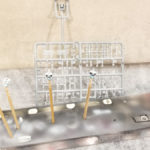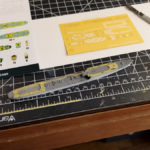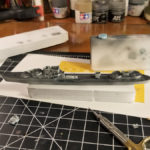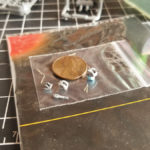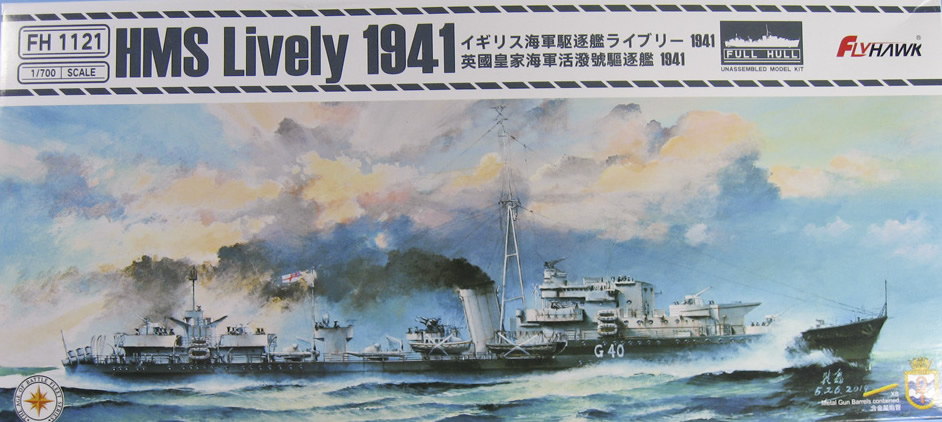 Decided to jump-in with a build of the HMS Lively kit that I reviewed for the Model Warships main site back in October of 2019 (which seems much longer ago than it should considering the past couple of months in quarantine). I’m working on this on conjunction with the USS Chickasaw build, as Chickasaw is fighting me every step of the way, but I suppose that’s to be expected of a scratch-build that was started well before I knew what I was doing.
Decided to jump-in with a build of the HMS Lively kit that I reviewed for the Model Warships main site back in October of 2019 (which seems much longer ago than it should considering the past couple of months in quarantine). I’m working on this on conjunction with the USS Chickasaw build, as Chickasaw is fighting me every step of the way, but I suppose that’s to be expected of a scratch-build that was started well before I knew what I was doing.
Not long after completing the review, I picked up the Flyhawk pre-cut desk mask set for the kit. I immediately picked out the kit parts that used the masks, and mounted them for prime and paint. And there they sat for months, until I pulled them off the Shelf of Doom last week. I’m ramping up to start a build of USS Yorktown (CV-5) in 1/700, and since I’ve only built one 1/700 scale kit in the past 30 years, my USS Luzon, I want to practice some things first.
As stated in the review, the kit is beautiful and precise. It’s not Bandai snap-together fit, but it’s not far from it. Some of the pieces are tiny; too much so for my enjoyment. The main armament guns come with barrels in styrene, all one piece, and very delicate. But, if you want, there are also brass turned barrel replacements. I thought of shaving off the existing barrels, drilling locator holes, and applying the brass, but I have a zero-percent chance of getting them all lining up parallel and looking as clean as the styrene, so I’ll skip those. Also, doing all of that just is no where near fun for me.
This build has already taught me a bit for future reference.
1.The instructions call out for Tamiya paint mixes, which likely match full-scale colors, and as such, the hull especially is WAY too dark. I’ll be able to pull it back with glazes and weathering, but in the future I’ll remember to lighten for scale effect out of the bottle.
2. Also, I’m realizing that in this scale a lot of fine detail painting has to be done by brush; it’s simply insane to try to mask and spray absolutely everything. So, when making custom paint mixes, don’t thin all of it for airbrushing; set some aside, unthinned, for brush touch up.
3. I wish I had built her full hull, instead of using the waterline plate, even though I’m going to put her in a water setting. There’s more leeway on where to set your waterline if you have the whole hull to work with.







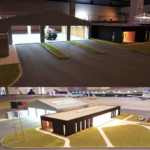
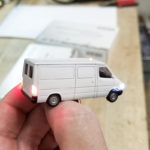
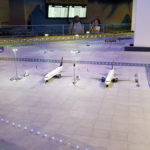
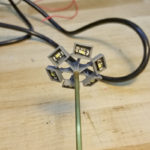
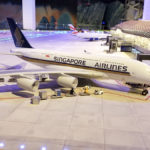
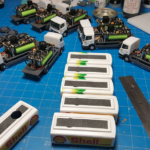
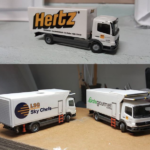
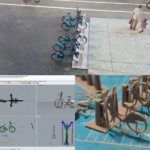
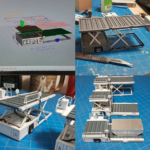
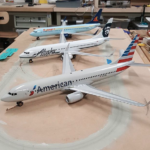
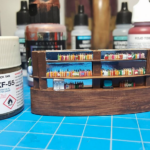
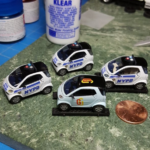
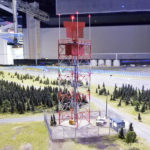
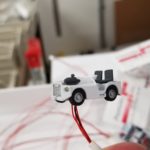
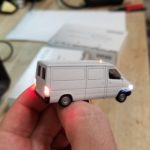
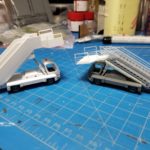
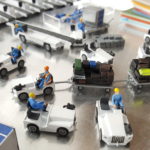



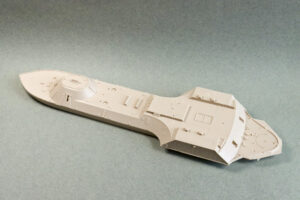

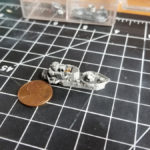
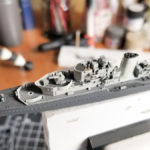
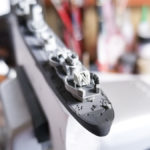
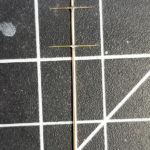
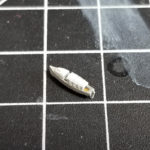
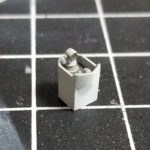
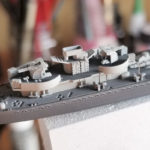
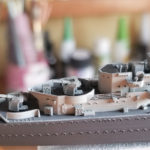
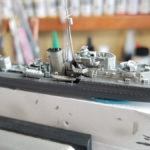
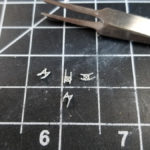
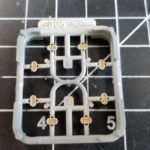
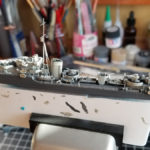
 Decided to jump-in with a build of the
Decided to jump-in with a build of the 